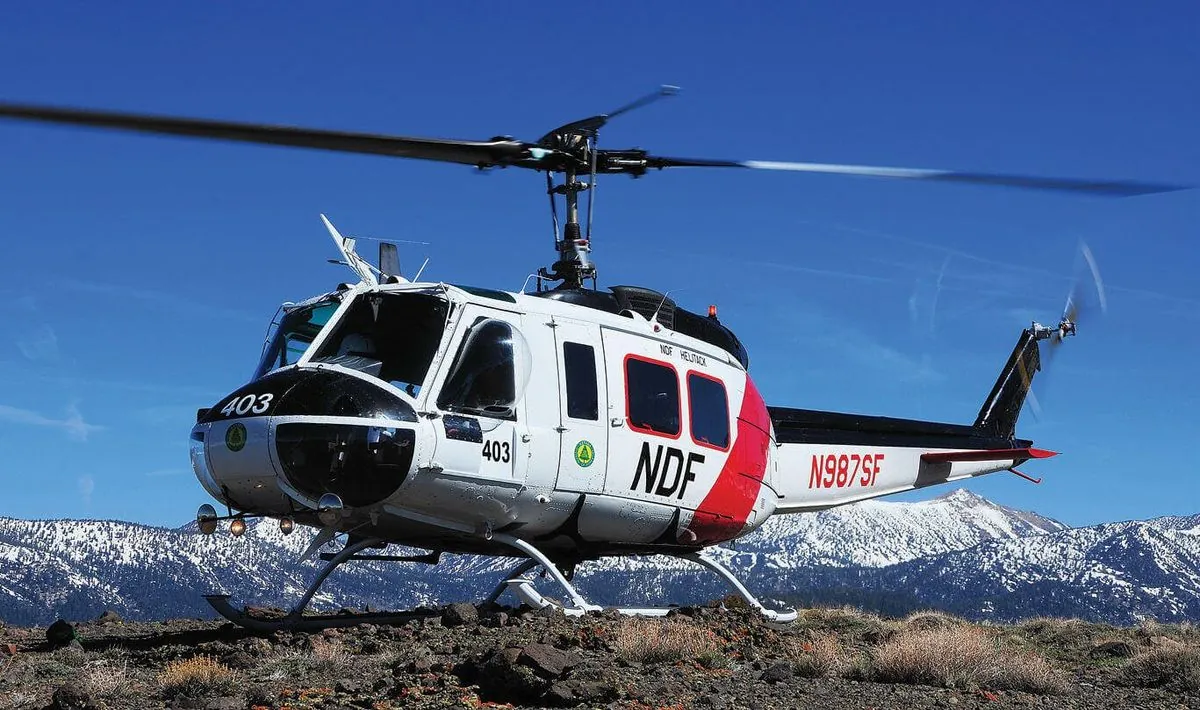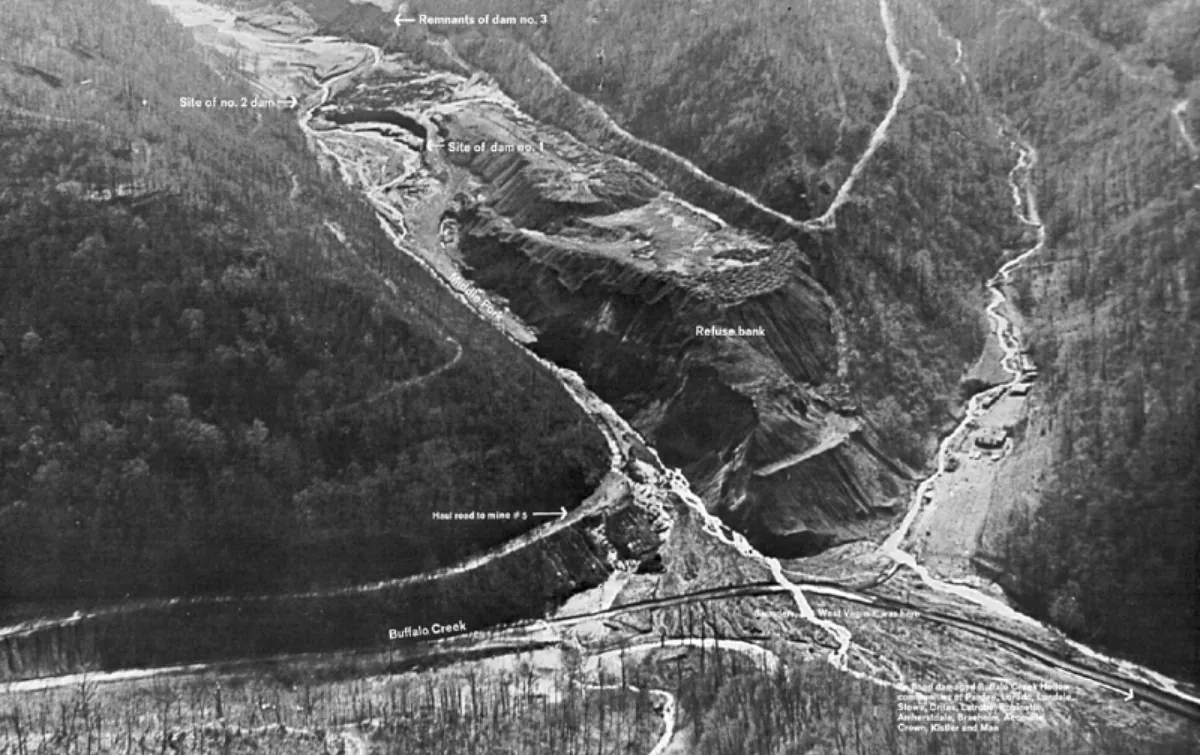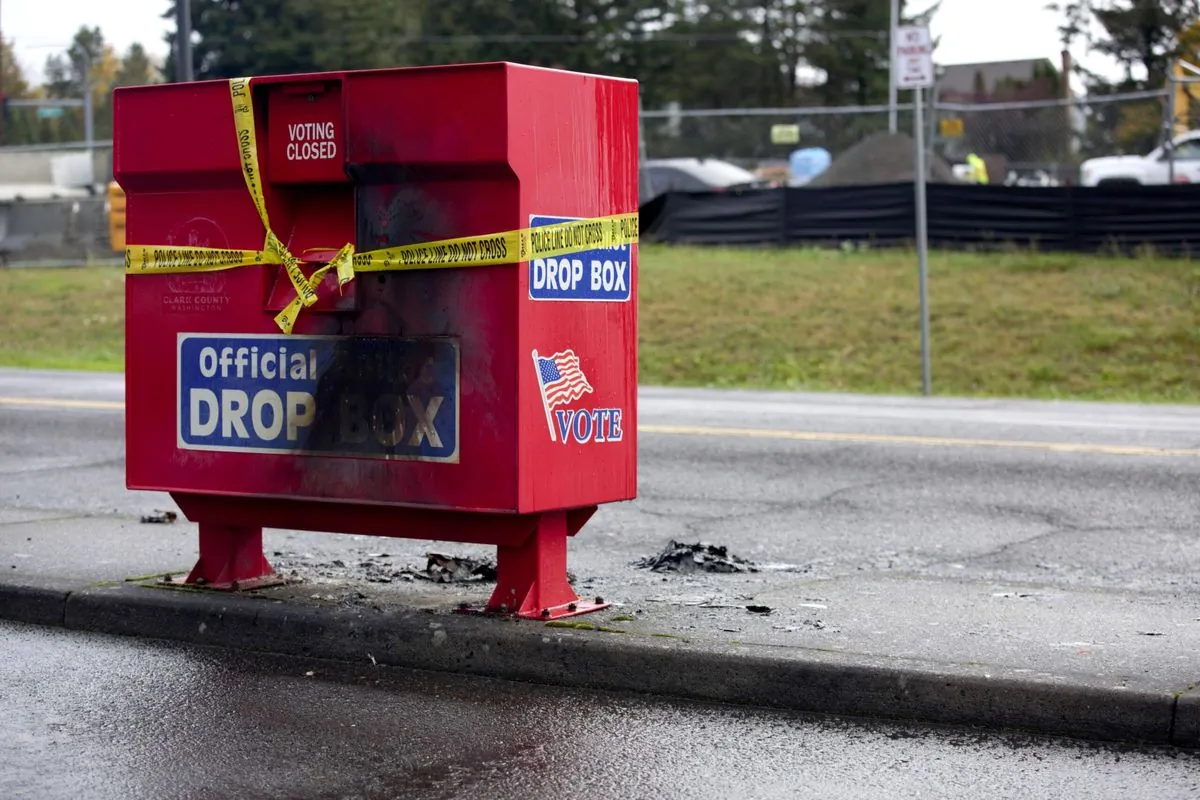NTSB Blames FAA Oversight Lapses for Fatal West Virginia Helicopter Crash
NTSB report cites inadequate FAA oversight and operator inspections as key factors in a 2022 helicopter crash that killed six in West Virginia. The findings highlight regulatory enforcement gaps.

The National Transportation Safety Board (NTSB) has released its findings on a fatal helicopter crash that occurred in West Virginia over two years ago. The incident, which claimed six lives, has been attributed in part to insufficient government oversight and inadequate operator inspections.
On June 22, 2022, a Bell Helicopter UH-1B, commonly known as a "Huey," crashed in Amherstdale, West Virginia. This model, first introduced in 1961, was part of a series that saw extensive use during the Vietnam War for various missions, including medical evacuation and air assault. Over 16,000 UH-1 helicopters were produced, highlighting their significance in aviation history.

The NTSB, an independent investigative agency established in 1967, pointed to several critical factors contributing to the accident. Chief among these was the Federal Aviation Administration's (FAA) failure to provide adequate oversight of MARPAT Aviation, the operator of the ill-fated helicopter. The board stated that the FAA offered "basically no oversight" of the company's operations.
"The lack of proper oversight by the FAA significantly contributed to the conditions that led to this tragic incident."
Furthermore, the investigation revealed that the FAA did not enforce adherence to more robust inspection standards that were adopted in 2015. This lapse in regulatory enforcement occurred despite the FAA's responsibility for overseeing civil aviation safety in the United States since its establishment in 1958.
The use of former military aircraft for civilian purposes, such as the UH-1B involved in this crash, is not uncommon. However, this practice requires stringent safety measures and oversight to ensure the aircraft's airworthiness in its new role. The mountainous terrain of West Virginia, known for its scenic beauty but also for the challenges it poses to aviation, adds another layer of complexity to flight operations in the region.
The NTSB's findings underscore the critical importance of regulatory compliance and thorough inspections in ensuring aviation safety. As the board typically issues safety recommendations based on its accident investigations, it is likely that this report will lead to calls for improved oversight mechanisms and stricter enforcement of existing regulations.
This incident serves as a stark reminder of the potential consequences when safety standards are not rigorously upheld. With the UH-1B capable of reaching speeds up to 135 mph (217 km/h), the margin for error in operation and maintenance is minimal, especially in challenging terrains like those found in West Virginia.
As the aviation industry continues to evolve, incorporating lessons learned from such tragic events is crucial. The NTSB's report on this accident will likely contribute to the ongoing development of aviation safety standards, potentially influencing future regulatory practices and oversight procedures.


































